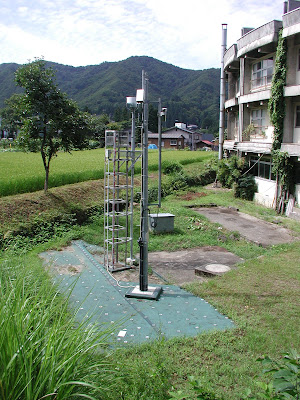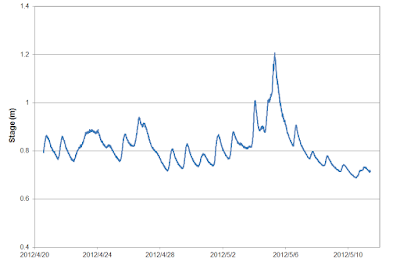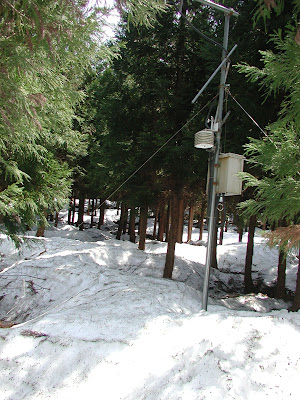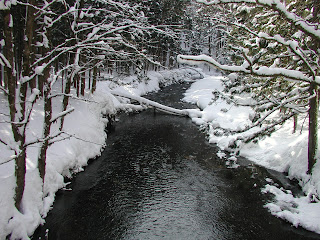 |
| Flows are up! Stage = 48.2 cm |
October marks the start of the new water year in many temperate climates of the northern hemisphere. September brings the late summer minimum flows and generally the river basin is in a very dry condition. The new water year begins in this season when water storage within the basin is at a minimum. The groundwater levels are at their lowest, and soil water content is also at a minimum.
During the autumn season, rainfall becomes more frequent, evapotranspiration levels decrease with falling temperatures and shortening day length, and so the soil moisture and groundwater levels begin to rise. Look at the hydrograph above and see how the low flows between the rainfall events are starting to increase above the summer minimum of around 40 cm stage.
Come early winter and snowpack will begin to accumulate, adding further to the storage of water resources in the basin. In winter, we will switch from measuring the streamflow to measuring the snowpack to keep track of the water resources of Takiya River.






















































